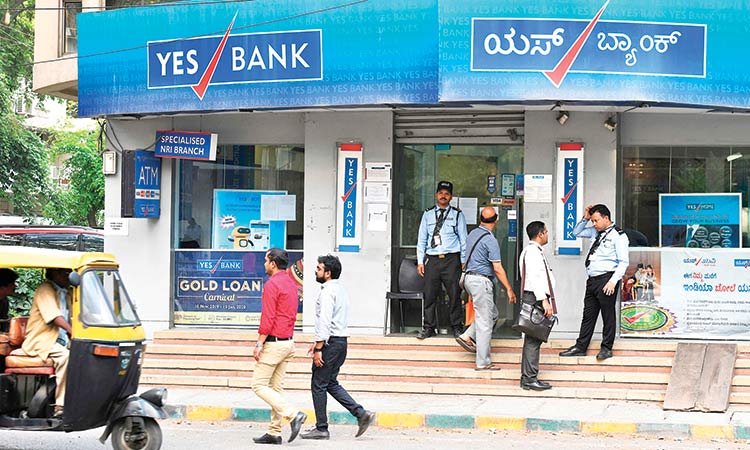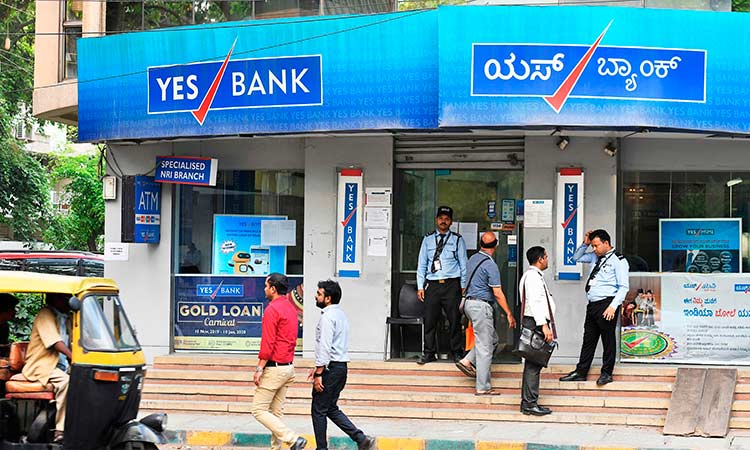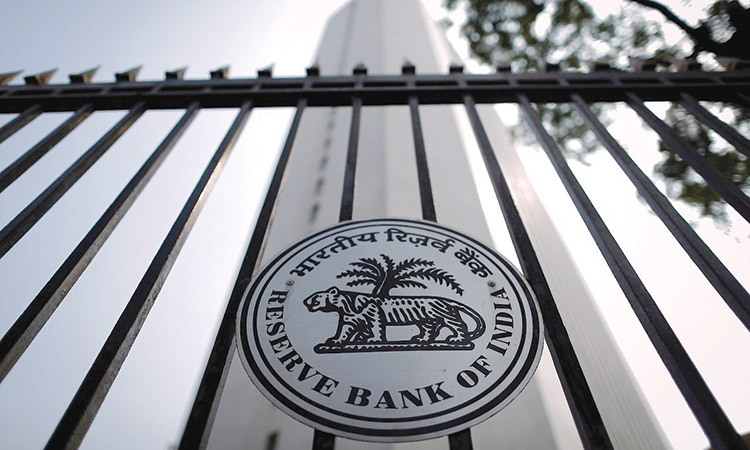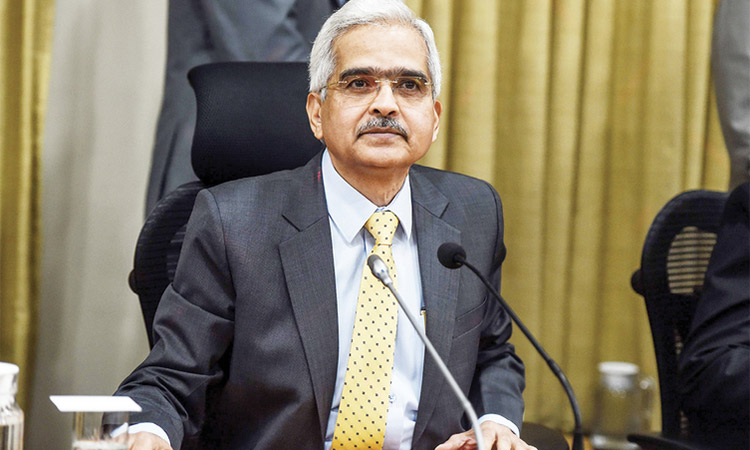RBI’s booster dose expected; might cut repo rate in FY20
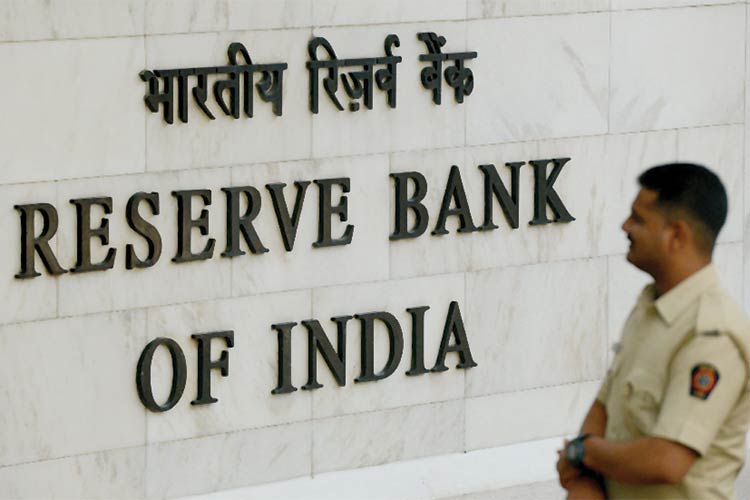
An Indian policeman walks through the RBI head office in Mumbai. Agence France-Presse
It is learnt that Reserve Bank of India would stick with its stance and further lower the repo rate, which will in turn reinvigorate consumer sentiment and shore up economic growth.
Overall, the apex bank might cut repo rate by 150-200 basis points throughout this fiscal if inflation target remains insight. RBI’s medium-term target for consumer price index (CPI) inflation is of 4 per cent within a band of +/- 2 per cent.
Currently, the policy repo, or central bank’s short-term lending rate for commercial banks, stands at 6 per cent.
The proposed range of repo rate cut assumes significance as the overall economic growth is expected to decline on the back of slacking consumption due to farm distress, global headwinds and stagnant wages.
Furthermore, the slowdown has become evident in sectors such as automobile, FMCG and aviation.
Monetary policy easing helps banks to reduce their lending rates that helps both consumers and the industry to get access to cheaper finance.
While increased money flow in the hands of consumers help to boost sales and demand, for industry it means higher capital investment on the back of lower cost.
The latest economic indicators, including Index of Eight Core Industries and Index of Industrial Production have shown a downward trend.
In March, the country’s factory production shrunk by (-)0.1 per cent, the first contraction after June 2017, from a growth of 5.3 per cent reported for the corresponding month of 2018.
However, a benign inflation outlook might give enough room the apex bank to go in for an aggressive rate cut approach.
Last month, higher food and fuel prices increased the retail inflation to 2.92 per cent from 2.86 per cent in March. But year-on-year, the Consumer Price Index (CPI) in April was lower than the corresponding period of last year when retail inflation stood at 4.58 per cent.
According to industry insiders, public investment can no longer be counted on as the only vehicle to restart the economic cycle and monetary policy easing should provide the much needed incentive to the industry.
In addition, the RBI is expected to start discussions to break away from the convention of reducing key policy rate by 25 basis points or multiples thereof shortly with stakeholders like lenders, domain experts and within the Central Bank.
Another problem that has complicated the matter is of transmission of the rate cuts to lower bank’s interest charged on loans.
As per a the monthly report of March of the Finance Ministry, though easing of monetary policy has the potential to support growth, the recent cuts in repo rate are yet to transmit to weighted average lending rate of banks, thus the effects of the easing on investment activity are yet to manifest.
The RBI in April lowered its key lending rate by 25 basis points (bps) to 6 per cent. Before that, in February, the MPC had voted to lower the repo rate by 25 bps to 6.25 per cent.
Meanwhile the Reserve Bank of India (RBI) has proposed to introduce “Liquidity Coverage Ratio” (LCR) for Non-Banking Financial Companies (NBFCs) with an asset size of Rs 5,000 crore and above.
LCR mandates financial institutions to maintain a minimum level of high quality assets to meet urgent liquidity obligations.
The proposed new norm was made in a draft circular on the “Liquidity Risk Management Framework for NBFCs and Core Investment Companies (CICs)” to be adopted by all deposit taking NBFCs, non-deposit taking NBFCs with an asset size of Rs 100 crore and above, and all CICs registered with the Reserve Bank.
As per the draft circular, the LCR has been set to keep a stock of HQLA (high quality liquid asset) to survive any acute liquidity stress scenario lasting for 30 days.
“With a view to ensure a smooth transition to the LCR regime, the proposal is to implement it in a calibrated manner through a glide path over a period of four years commencing from April 2020 and going up to April 2024,” the RBI said in a statement.
The LCR requirement shall be binding on NBFCs from April 1, 2020 with the minimum HQLAs to be held being 60 per cent of the LCR, progressively increasing in equal steps reaching up to the required level of 100 per cent by April 1, 2024.
Among other new norms, the draft guidelines cover application of “generic ALM (asset liability management) principles, granular maturity buckets in the liquidity statements and tolerance limits, liquidity risk monitoring tool and adoption of the ‘stock’ approach to liquidity”.
Indo-Asian News Service
